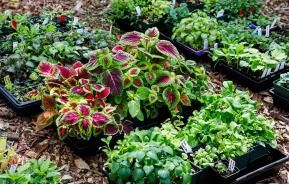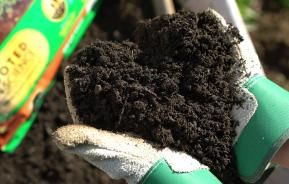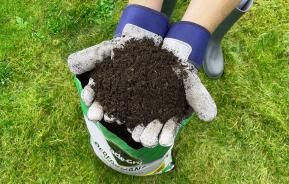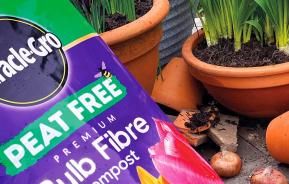Put at its simplest, hydroponics is a method of growing plants in water rather than soil, although it is essential that the water contains the right mineral nutrients. But if you think it’s some new fang dangled and trendy approach to gardening, you’d be wrong.
The Hanging Gardens of Babylon, dating back to 600BC are believed to be based on hydroponic principles. The Aztecs seem to have used hydroponics in their 10th and 11th century floating gardens and the earliest known publication about growing plants without soil dates back to 1627.
Certainly, by the 19th century, botanists had refined the process and determined which nutrients were essential to the success of this type of cultivation. The term hydroponics itself wasn’t actually adopted until 1937 but hydroponic systems have continued to be researched and refined and remain widely used worldwide.
Different methods of hydroponics
There are many different methods of hydroponics including the most commonly referred to NFT (Nutrient Film Technique) when plants are just suspended with their roots in a nutrient solution. But other methods do sometimes involve some soil (or other growing mediums such as gravel or sand) and include:
- the Wick System when the nutrient solution is drawn up into the soil or growing medium via a system of wicks,
- the Water Culture system when the plants and their growing medium are suspended in the solution and a pump helps generate oxygen,
- the Ebb and Flow System when plants sit in a tray which is flooded and drained, and
- the Drip System which sprays the solution over the plants and collects any excess.
Why use hydroponics?
Unlike plants that are planted in soil, with hydroponics, you can give a plant exactly what it needs. It will have constant access to oxygen, the perfect balance of nutrients that it needs and as much or as little water as it requires.
No more over watering or under watering, no more trying to rebalance your soil’s pH. Better still, hydroponics makes life easier for plants.
In other words, the energy they use on extracting the nutrients they need is much less in hydroponic systems than in plants planted in soil or other mediums. So the energy saved can be used for growth, flowering or crop production.
Just try growing two identical plants, one in soil and one using hydroponics, and you’ll see the difference. The hydroponics help the plant to grow faster, enabling the plant to be healthier and in return, produce a greater yield.
It’s not hard to see therefore that in areas that have very poor soil, limited soil or external growing space, hydroponics can play a very significant role.
That might be arid or desert areas, frozen areas with short growing seasons or it might be in densely populated urban areas, or even one day on Mars or elsewhere in space! It means that to a great extent, and if you have the right lighting, you can grow plants at any time of the year.
Great for the environment
You might be surprised to learn that hydroponic systems use less water than normal regimes by about 10% because there is no water wastage and any excess water used can be recycled.
Hydroponically grown plants also need virtually no pesticides and much less fertiliser and nutrients because it’s a more efficient system. If those areas which have historically struggled to grow their own, can do so, their importation and environmental footprint will be considerably reduced and there will be a bigger demand for local labour.
So in terms of caring for the planet, it could be a key player.
How easy is it to try?
If you’ve ever taken cutting and put it in water, you’ve already had a go at hydroponics. It’s a system that you can almost throw as much or as little money as you like.
Using hydroponics can be expensive on a large scale, but for the average gardener, it doesn’t have to be complicated or costly.
At most good garden centres you can buy the solution which will contain a mixture of nitrogen, phosphorus, potassium, calcium, magnesium and other nutrients, fine-tuned of course for the particular plant you are growing.
It’s relatively easy and affordable to buy a hydroponic system either online from your garden centre or even make your own. If you’ve got a limited size garden, it could actually be the answer you’ve been looking for to help you grow your own!








